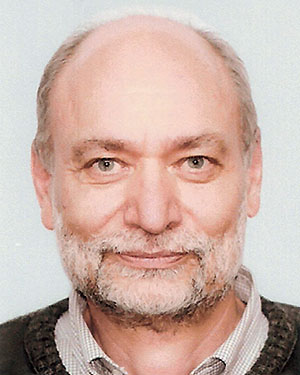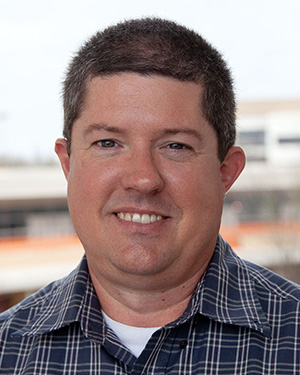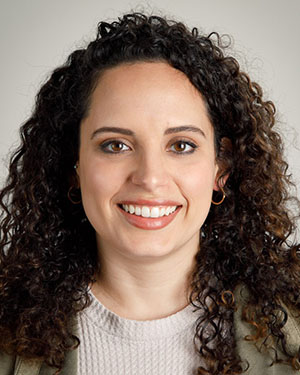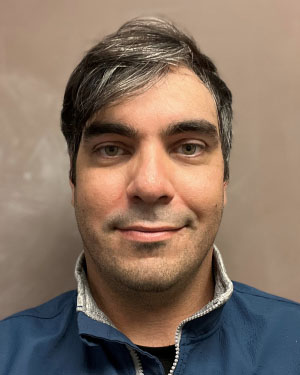


Bernhard Rappenglueck
brappenglueck@uh.edu
713-743-2469
Office: 426J SR1
Website
Director, Institute for Climate and Atmospheric Science
Professor of Atmospheric Chemistry, Meteorology
Bernhard Rappenglueck’s group combines the fields of meteorology and atmospheric chemistry and involves both experimental field work and numerical modeling. He is interested in understanding emissions, chemical transformation and transport of atmospheric constituents. His research includes boundary layer as well as regional and large-scale transport studies and their impact on the redistribution of pollutants. This also includes long-term trend analysis of rain fall along the Texas Gulf Coast in relation to sea breeze variations and urbanization. Bernhard Rappenglueck spearheaded the implementation of M.S., Ph.D., and more recently the B.S. degree programs in Atmospheric Science.

Yunsoo Choi
ychoi6@uh.edu
713-743-9748
Office: 426F SR1
Professor of Atmospheric Chemistry, Remote Sensing, and Machine Learning
My research group focuses on AI deep learning modeling and numerical modeling for air quality/weather/pollen/climate change/energy usage, and twin digital model development of all other physical and dynamical models.

Xun Jiang
xjiang7@uh.edu
713-743-3156
Office: 432-D SR1
Website
Professor, Atmospheric Science
Atmospheric Science Graduate Advisor
My primary research is elucidating the carbon cycle through satellite data and chemistry-transport models. I am particularly interested in combining satellite observations and model simulations to investigate the variability of CO2 and controlling processes. I am also interested in investigating the influence of global warming on extreme weather through satellite data and general circulation models. Other topics I am pursuing include the dynamical coupling between the troposphere and the stratosphere, the role of ozone in global climate change, the influence of the solar cycle on the climate, and air quality. In addition to the terrestrial atmosphere, I am also interested in the atmosphere on other planets and moons.

Yuxuan Wang
ywang140@uh.edu
713-743-9049
Office: 426 SR1
Website
Associate Professor, Atmospheric Chemistry
Dr. Wang’s research group uses a combination of modeling, observations, and data analysis methods with the goals of improving our predictive ability of atmospheric composition and its coupled relationship with the climate system and societal choices such as energy. Recent research topics include coupled meteorology-photochemical modeling at high resolutions, advancing the application of satellite products to map air pollution variability and infer emissions, predicting how climate change and climate extremes influence the atmospheric composition, modeling the changes in wildfires emissions and wildfire transport in response to climate change.

Honghai Zhang
hzhang83@central.uh.edu
713-743-4701
Office: 415 SR1
Assistant Professor, Tropical Climate Dynamics and Global Hydrological Cycle
My research focuses on two areas, tropical climate dynamics and regional hydroclimate. In the tropics, I mainly work on ENSO and ITCZ, while for regional hydroclimate, my main focus has been on North American precipitation. One specific topic that I am working on is how the tropical oceans contribute to the variability and predictability of North American precipitation. To address these questions, I use various observational datasets and a hierarchy of models that have varying degrees of complexity (ranging from simplified models to complex climate models).

Youtong Zheng
yzheng18@uh.edu
301-526-5086
Office: 233B SR1
Website
Assistant Professor, Cloud Physics and Climate Change
I study cloud formation and turbulence and their roles in climate and climate change, using a hierarchy of approaches ranging from pencil-and-paper theory to comprehensive computer models to satellite and experimental observations. A cornerstone of my work is an emphasis on developing physical intuition using theory and idealized models. I then use the intuition to understand more complex phenomena in observations and comprehensive climate models and apply the improved understanding to address practical issues of societal importance. Recent topics of interest include cloud representation in climate models, arctic cloud feedback, human impacts on clouds, and hierarchical modeling.

James Howard Flynn III
jhflynn@uh.edu
713-743-3262
Office: 432-G SR1
Research Associate Professor
Our research focuses on atmospheric chemistry and urban air quality issues through field measurements and subsequent modeling and analysis to help inform policymakers. This research makes use of our extensive network of field sites across Texas as well as multiple mobile labs, boats, drones, remote sensing, and balloon-based measurement platforms. Our highly collaborative group is also developing new small sensors for use on drones and balloons to study anthropogenic and natural sources of SO2 and validate satellite sensors such as TROPOMI and TEMPO.

Shan Zhou
szhou10@uh.edu
Office: 432-E SR1
Research Assistant Professor
Conduct field measurements and laboratory experiments to provide unique insights into the origins, composition, and fate of aerosols in the air we breathe, both indoors and outdoors, to improve our understanding on issues relating to climate, human health, and welfare. Current research projects focus on problems at the leading edge of atmospheric chemistry, which include: (1) Sources and formation of atmospheric organic aerosol, (2) chemical evolution of biomass burning carbonaceous aerosol, (3) photochemistry and oxidative capacity of indoor air, and (4) environmental inequity in aerosol exposure and chemistry.

Liming Li
lli13@uh.edu
713-743-3283
Office: 530-C SR1
Website
Adjunct Professor, UH Dept. of Physics
My research group is interested in exploring planetary atmospheres by combining observations, theories, and numerical models. Our long-term objective is to develop a new research field of comparative planetary atmospheres, in which we emphasize comparative studies of meteorology and climate between Earth and other planets. Recently, we are focusing on the investigations of the radiant energy budgets and internal heat of planets and moons (e.g., Jupiter, Saturn, Mars, Titan, and Enceladus) by analyzing the data sets from multiple planetary missions (e.g., Cassini, Juno, Mars Global Surveyor, Curiosity, and InSight). We are also developing an instrument to better measure the radiant energy budget and internal heat of Uranus. This instrument is prepared for a possible flagship mission to Uranus, which was given the highest priority in a recent report for the decadal strategy for planetary science and astrobiology 2023-2032 from the National Academies of Sciences, Engineering, and Medicine.

Subin Yoon
syoon9@central.uh.edu
Office: 432-E SR1

Claudia Bernier
cmbernie@central.uh.edu
Office: 413 SR1

Masoud Ghahremanloo
mghahremanloo@uh.edu
Office: 426-AA SR1

Travis Griggs
ptgriggs@central.uh.edu
Office: 432-C SR1

Yong-Cheol Jeong
yjeong3@central.uh.edu
Office: 426-H SR1

Xueying Liu
xliu84@central.uh.edu
Office: 426-H SR1

Evelyn Martinez Sabari
emart216@central.uh.edu
Office: 426-H SR1

Mampi Sarkar
msarkar2@uh.edu
305-922-6150
Office: 233 SR1

Siyu Zhao
szhao28@central.uh.edu